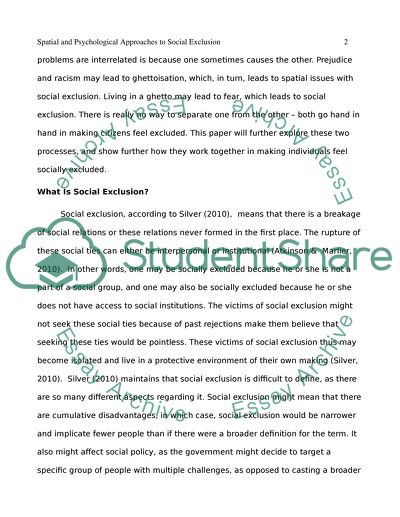Cite this document
(“Can spatial and psychological approaches together help us to Essay”, n.d.)
Can spatial and psychological approaches together help us to Essay. Retrieved from https://studentshare.org/psychology/1475676-can-spatial-and-psychological-approaches-together
Can spatial and psychological approaches together help us to Essay. Retrieved from https://studentshare.org/psychology/1475676-can-spatial-and-psychological-approaches-together
(Can Spatial and Psychological Approaches Together Help Us to Essay)
Can Spatial and Psychological Approaches Together Help Us to Essay. https://studentshare.org/psychology/1475676-can-spatial-and-psychological-approaches-together.
Can Spatial and Psychological Approaches Together Help Us to Essay. https://studentshare.org/psychology/1475676-can-spatial-and-psychological-approaches-together.
“Can Spatial and Psychological Approaches Together Help Us to Essay”, n.d. https://studentshare.org/psychology/1475676-can-spatial-and-psychological-approaches-together.


